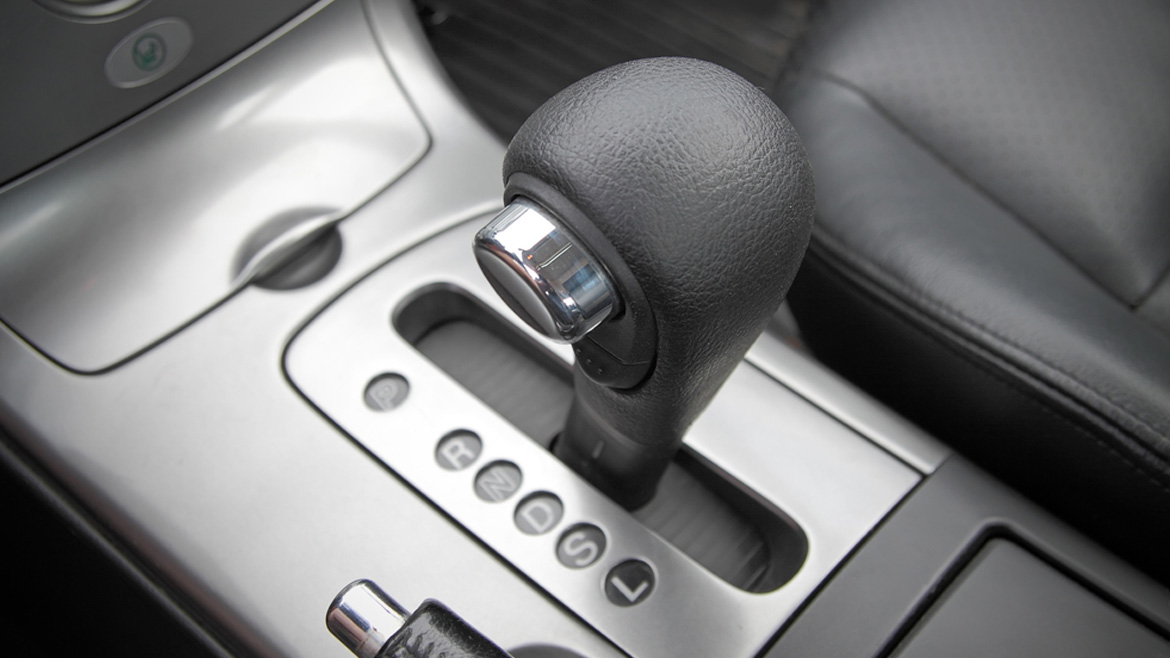How it Works - Automatic Transmissions (AT)

An automatic transmission (AT) is a type of vehicle transmission that can change gear ratios automatically as a vehicle moves, freeing drivers from needing to shift gears manually. Developed throughout the early 20th century, ATs have grown to rival manual transmissions (MT) in commercial and personal transportation markets alike for their convenience and efficiency. This trend is particularly apparent in the North American market, where ATs have been fitted to most passenger cars for decades.
How Do Automatic Transmissions Work?
The term "automatic transmission" can refer to various transmission technologies, including planetary or stepped ATs, dual-clutch transmissions, continuously variable transmissions, and more. As this is an introductory post to how ATs work, we'll focus here on planetary ATs – the most common of the bunch – to explain the concept.
Key Components of Automatic Transmissions
First, let’s start by outlining the key components of a planetary AT before explaining how they work together to propel a vehicle:
- Torque Converter: The torque converter sits between the engine and the transmission and functions as a fluid coupling device. It allows the transmission to decouple from the engine and to transfer power from the engine to the transmission.
- Planetary Gear Set: Planetary gear sets sit within the transmission. They consist of multiple gears (sun gear, planet gears, and ring gear) arranged in such a way that they can interact to produce different gear ratios. Specifically, the arrangement allows one of the three components to connect to the engine, another to be held stationary, and the other to link to the wheels.
- Valve Body: The valve body is the control center of the planetary AT. It receives signals from a transmission control unit, which monitors various inputs such as vehicle speed, engine load, and throttle position. Based on these inputs, the valve body modulates pressure to engage or disengage the appropriate components that control the planetary gear set, ultimately determining the gear ratio.
Putting it All Together
So, what does that look like in action? Let’s break it down step by step.
In operation, a vehicle's engine transfers the power it generates via the torque converter to the transmission via an input shaft.
As the vehicle accelerates, the transmission's control unit sends signals to the transmission's valve body, which selectively engages and disengages the components that control the planetary gear set.
Finally, by locking the different components of the gear set, the transmission can achieve different gear ratios to provide various forward and reverse gears.
Common Planetary Gear Set Ratios and their Applications

Under-Drive – Under-drive gears (i.e., first or second gear) are typically used for lower speeds and higher torque applications, such as starting the vehicle from rest, climbing steep hills, or towing heavy loads. In this gear configuration, the sun gear rotates faster while the ring gear is stationary, causing the planetary carrier set, which is connected to the wheels, to spin at a slower speed, but with higher torque.
Direct-Drive – This gear ratio maintains vehicle speed under normal driving conditions, with the engine RPM closely matching the vehicle speed. Also known as a 1:1 gear ratio, in this configuration, there is no gear reduction or increase between the engine and the wheels. Instead, the wheels receive power directly from the engine by connecting the carrier set to the sun gear (which connects to the engine). This arrangement results in power pass-through to the ring gear and planetary carrier (which connects to the wheels).
Over-Drive – Over-drive gears (i.e., fourth or fifth gear) are used for higher speeds and lower torque such as highway cruising. In this configuration, the ring gear is still held stationary, the sun gear still rotates faster, and the carrier set still rotates slower. But it’s the sun gear that’s connected to the wheels.
Reverse – Within the context of automotive transmissions, "reverse" refers to the gear selection that enables the vehicle to move backward. When the transmission shifts into reverse, the gear ratio is set to rotate the driveshaft in the opposite direction of the engine's rotation. In this situation, the engine always rotates in the same direction, but the vehicle can operate in either forward or reverse.
Advantages, Challenges, and Role of Lubrication:
ATs offer several advantages, including ease of use and improved fuel efficiency. However, they also present challenges. Notably, they can cost more to maintain and may have shorter lifespans than manual transmissions.
As such, proper lubrication is particularly important to maintaining a healthy AT system.
AT fluids must meet various performance requirements. These include high temperature operation, the ability to provide fuel efficiency gains and protect against gear wear.
Check out the related articles below to learn more.
AT-CVT-DCT What are the Differences?
Hybrid Technologies Raise New Areas of Concern for Drivetrain Fluids